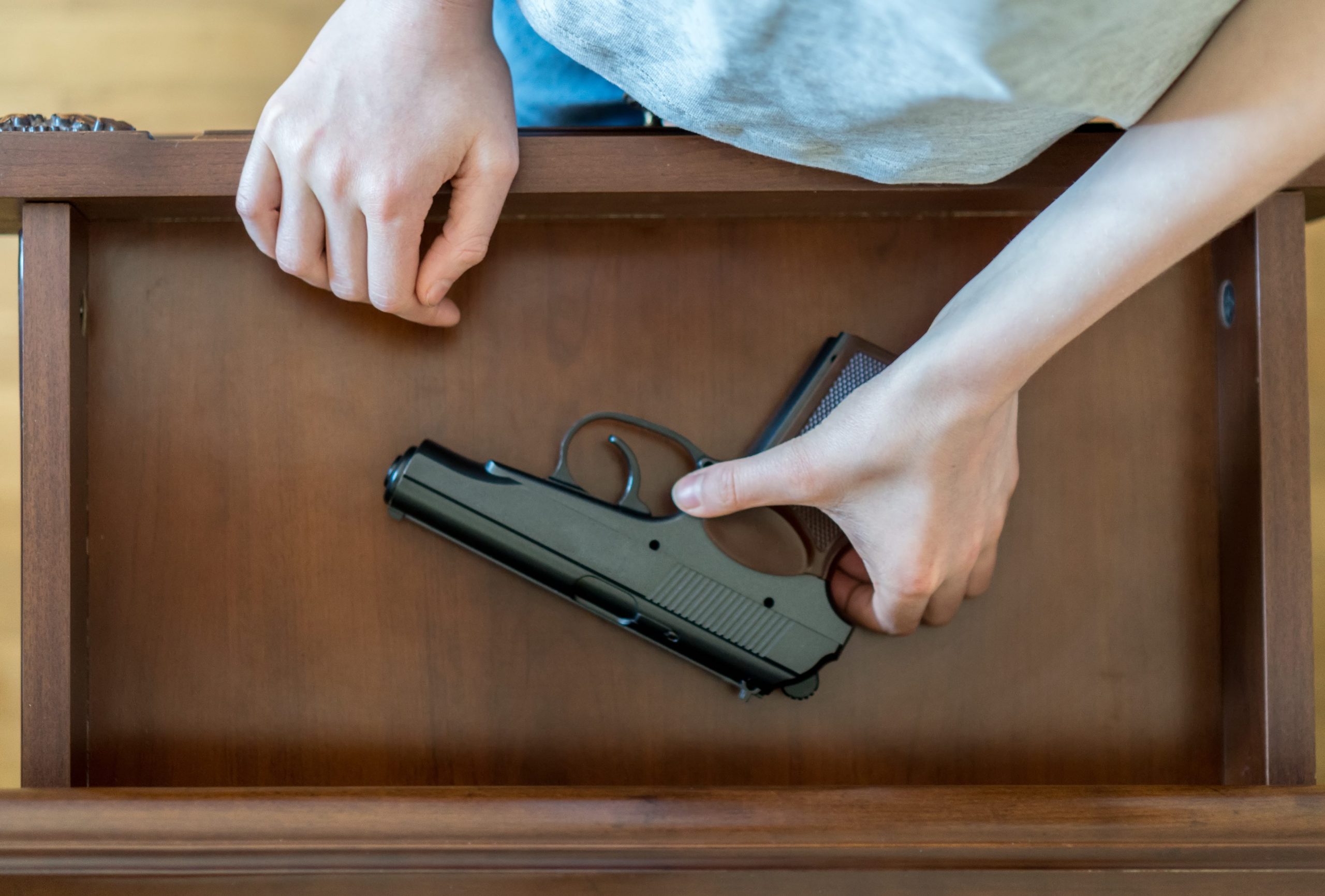Children living in poor areas are almost twice as likely to die by firearm suicide as those who reside in wealthier neighborhoods, according to a study published today in JAMA Pediatrics.
The paper seeks to unpack an alarming rise in the suicide rate among young people. Between 2007 and 2017, the suicide rate for people 10 to 24 years old climbed 56 percent, according to a report from the Centers for Disease Control and Prevention released in October 2019.
The JAMA Pediatrics study is the first to examine the relationship between child suicide and poverty. Researchers looked at suicides among children 5 to 19 years old in the United States from 2007 to 2016, and compared them to U.S. Census Bureau data showing the percentage of people living below the poverty level in each county.
Find Support
Help is Available 24 Hours a Day
Crisis Text Line
Text 741741
The Veterans Crisis Line
988, press 1, or text 838255
Help Someone Else
Understand warning signs.
Children living in counties with the highest concentrations of poverty were 37 percent more likely to die by suicide than children living in counties with the lowest poverty rates, the study found. But they were 87 percent more likely to die by firearm suicide.
More research is needed to understand precisely why there are higher firearm suicide rates among children living in counties with higher poverty rates, said Jennifer A. Hoffmann, the lead study author and an attending physician at the Ann & Robert H Lurie Children’s Hospital of Chicago. It’s not clear, for instance, whether firearms are more readily available in places with high poverty rates, or if guns are less likely to be stored safely in poorer areas.
“As a pediatric emergency medicine doctor, I am seeing more and more children visiting the ER over time due to having thoughts of wanting to kill themselves,” Hoffmann said, noting that she launched her study with several other researchers after a child died by suicide in her own emergency department.
Hoffman pointed out that prior research has shown that most adolescents who die by firearm suicide use a family member’s gun.
Other doctors and researchers who have studied youth suicide said they are not surprised to hear it is linked to poverty, which is connected with all kinds of health problems including asthma, stroke, and substance abuse. “I wouldn’t be surprised by anything bad associated with poverty,” said Michael L. Nance, director of the Pediatric Trauma Program at the Center for Injury Research and Prevention at The Children’s Hospital of Philadelphia.
Nance said the study is a good reminder that pediatricians and public health workers can make a difference by speaking to families about firearms storage. “The same way you talk to people about using a car seat and children’s access to poisons, we should suggest that people weigh the risks and benefits of having a firearm in the home,” he said. In 2018, the American College of Physicians published a position paper recommending that doctors speak to their patients about guns in the home and counsel them about firearm safety. Past research has shown that physicians give such advice infrequently.
Dr. David Grossman, a senior investigator and pediatrician at Kaiser Permanente in Washington State who has done research on child suicide and firearms, said more research is needed on how doctors can influence families to store guns safely. “That’s a ripe issue for research,” he said.
If you or someone you know might be at risk of suicide, call 1-800-273-8255 to reach the National Suicide Prevention Lifeline.

